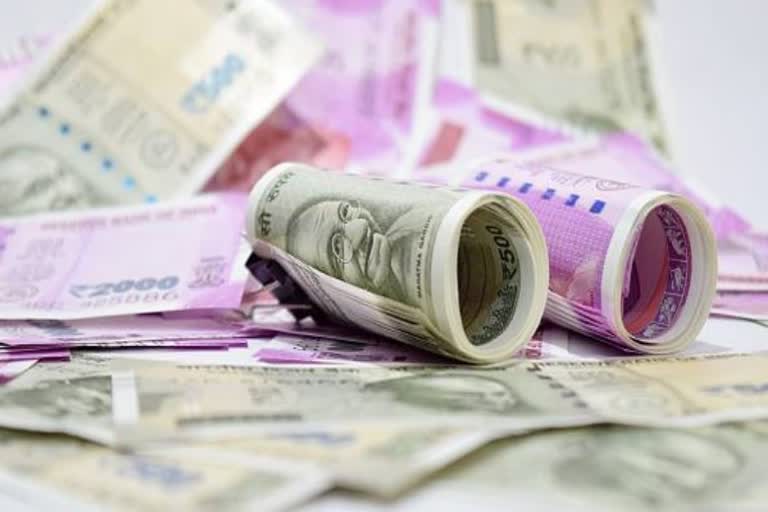Washington: India's debt to GDP ratio increased from 74 per cent to 90 per cent during the COVID-19 pandemic, the International Monetary Fund has said, noting that it expects this to drop down to 80 per cent as a result of the country's economic recovery.
Paolo Mauro, Deputy Director, IMF's Fiscal Affairs Department told reporters at a news conference here on Wednesday, "In the case of India, the debt ratio at the end of 2019, prior to the pandemic, was 74 per cent of Gross Domestic Product (GDP), and at the end of 2020, it is almost 90 per cent of GDP. So, that's a very large increase, but it is something that other emerging markets and advanced economies have experienced as well."
"And, for the case of India going forward, in our baseline forecast, we expect that the debt ratio will gradually come down as the economy recovers. In our baseline forecast under the assumption of healthy economic growth in the medium term, we see debt returning to about 80 per cent over time," Mauro said.
Responding to a question, he said that the immediate priorities are to continue supporting people and firms, and, in particular, to focus on supporting the most vulnerable.
Also read:Boeing forecasts air travel recovery in India by 2022
At the same time, it is important to reassure the general public and investors that the public finance is under control and the way to do so is through a credible medium term fiscal framework.
"This year, India has already announced its budget. It continues to be accommodative. It continues to support health, and it continues to support people. Over the next years, it is quite likely that the deficit will be reduced in part as the economy recovers," he said.
More generally in emerging markets, the priority, given to the very large increases in inequality, given the large increases in public debt, is to mobilise revenues in the medium term, Mauro added.
Vitor Gaspar, Director of IMF's Fiscal Affairs Department, said that given widening deficits and contraction in economic activity, debt worldwide increased sharply to 97 per cent of GDP in 2020.
